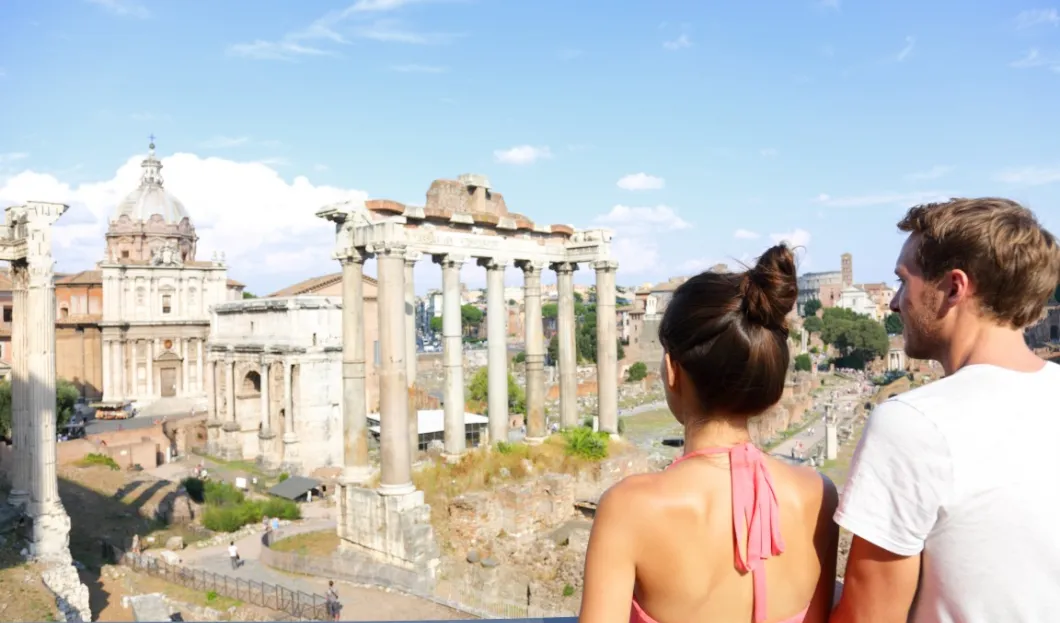
Rome remains the undisputed capital of Italian tourism with nearly 20 million arrivals and 40 million attendances per year. But it is also becoming more and more the capital of low-cost tourists and bargaining.
The latest numbers confirm the trend. The average stay of tourists in Rome is slowly shortening. In May, the number of days was just over two. Moreover, the expenditure of tourists is also falling, especially that of foreigners.
According to the Bank of Italy, in 2016, 5.6 billion was spent by tourists. This is 600 million less than the year before. In practice, that results in a 10% less revenue for Italian tourism. It is also worth pointing out that 2016 recorded half of the attendance compared to 2000. However, the Italian capital is the only major destination to suffers a fall in expenditure. Foreigners have spent more in Florence (+17.9%), Venice (+1.7%) and Milan (+3.2%).
A reason for the disappointing performance of last year has certainly been the fear of terrorism. In addition, the transport and urban quality is in poor condition. The capital’s goal is to attract quality tourism, especially long-distance visitors (America and Asia in particular) and with longer average stays.
The idea is also to regulate the shared economy portals such as Airbnb. There are almost 25,000 apartments offered on these sites that host at least 1.5 million official tourists (not counting the unregistered ones).
The congress tourism is also being relaunched. The capital, Lazio region and tour operators are also pointing out the recent successes of the Convention bureau.
According to the figures of the Lazio Tourism Bureau, in the first five months of 2017, Rome had 5.4 million arrivals and 13.5 million attendances. This is a 2.8% growth in arrivals and 2.5% in attendances compared to the same period in 2016. Foreign tourists are also driving more demand (+3.24% arrivals and +3.11% attendances). Officials hope to reach an annual increase of 3% this year – below the worldwide growth of 4%. In 2016 the year was closed with 14,484 million arrivals (+2.30%) and 41.1 million attendances (+1.88%). Of this, 13.9 million arrivals and 31.2 million attendances were registered at hotels.
The goal of Rome is to increase the average stay of foreign tourists to three days within two years and that will serve more high-level facilities.

“Rome has only 38 5-star hotels, there are still plenty of luxury brands to intercept high-end tourism,” said Stefano Fiori, president of the Unindustria Tourism section. He also suggests encouraging investors interested in Italian tourism by facilitating the change of destination of real estates. An example is the historic seat of the State Mint in the Parioli district, near Villa Borghese, which will become a luxury hotel of the Chinese chain Rosewood.
In the face of this effort to bring big spending tourists back to Rome, operators are calling for certain rules for the non-hotel sector. “Today only Airbnb has 25,000 advertisers for a potential 50,000 rooms, virtually like a hotel,” warns Giuseppe Roscioli, president of the Federalberghi. This calls for respect of “starting with payment of the dry coup to get out all the drift that is there. Otherwise this abnormal increase in low-cost receptivity will only make us become more and more a low-cost destination.”










